Cadaver Test
We recently conducted a cadaver test where an external surgeon utilised the M.A.R.I.O system to perform a total knee replacement after just a brief 5-minute training session.

We recently conducted a cadaver test where an external surgeon utilised the M.A.R.I.O system to perform a total knee replacement after just a brief 5-minute training session.
The surgeon successfully placed the surgical pins for the cutting jig, with the procedure showing an impressive average accuracy of 1.51 +/- 1.94 degrees in valgus/varus alignment. The participating surgeons found the M.A.R.I.O system to be extremely intuitive and easy to use, highlighting its user-friendly design and effectiveness even with minimal training.
Total knee replacement (TKR) to replace joints with osteoarthritis
is a highly effective procedure to treat knee pain, resulting in a
dramatic reduction in pain, restoration of function, and improved
quality of life. In 2019 (pre-COVID), around 100,000 and 1,000,000
surgeries were performed in the UK and the US, respectively. This
number is predicted to continue to rapidly increase due to
demographic and lifestyle changes, particularly an ageing
population, and increasing levels of obesity. Although TKR is a very
successful operation overall, inaccuracies in implant positioning
and ligament tension of up to 30% have been reported using
conventional techniques. This is associated with pain and
instability, and is a significant determinant of need for further
(revision) surgery (~ 7% of TKRs are revised every year).
The global orthopaedic navigation systems market size was valued at
USD 1.97b in 2020 and is expected to grow at a CAGR of 14.4% to 2028
[GVR]. The rising geriatric population & joint reconstructions,
growing healthcare expenditure, and high awareness levels among
patients & healthcare professionals are expected to drive this
growth. The knee segment accounts for a revenue share of over 46% in
2020, expected to expand further.